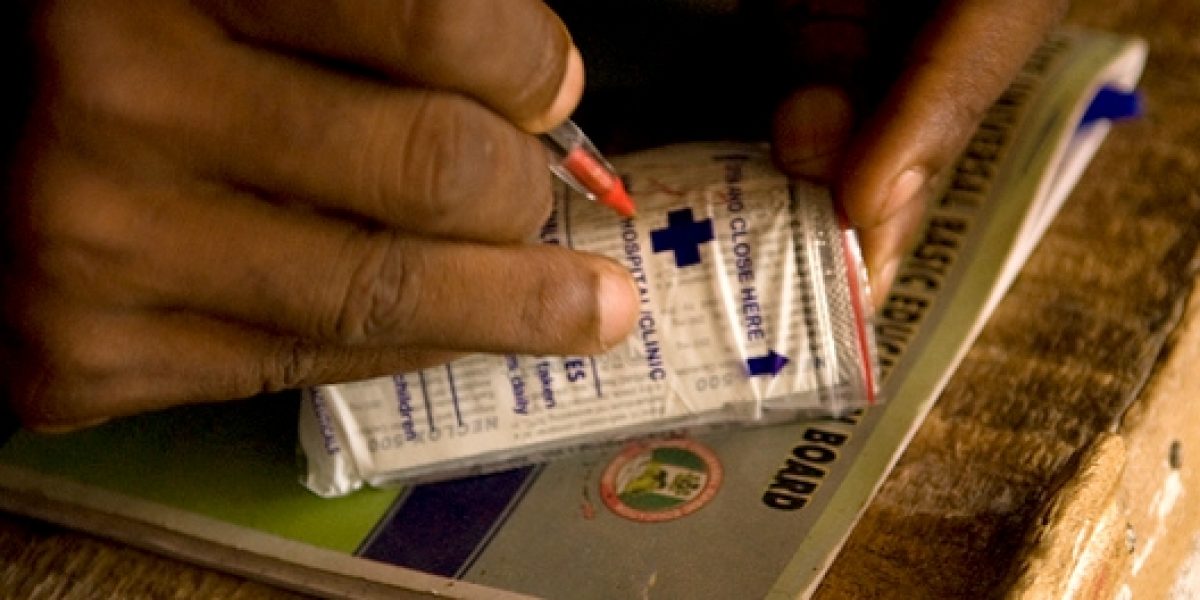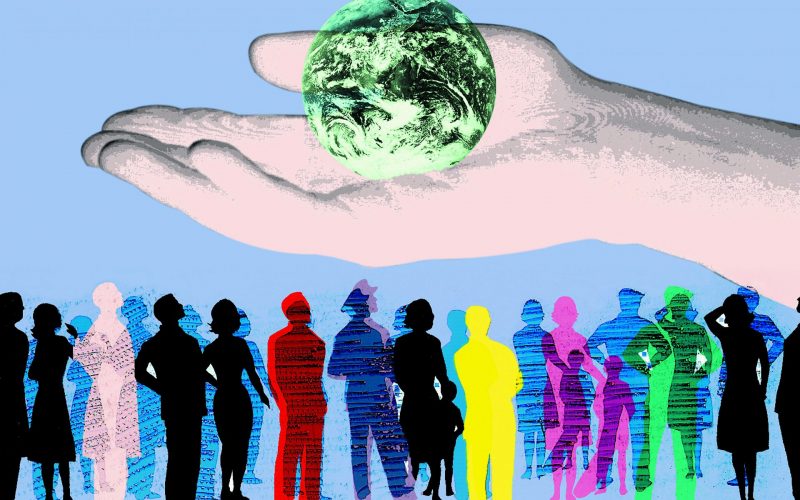As the follow up to the Millennium Development Goals, which were designed in 2000 as eight anti-poverty targets to be attained by the end of 2015, the Sustainable Development Goals with their new targets will change how development in the global south is progressing. The goals are aimed at finishing what the millennium development goals started.
Although the Millennium Development Goals were lauded, they were simultaneously criticised considering the failures of developing states to achieve them by 2015.
The main criticism of the Sustainable Development Goals is that they have set unrealistic objectives for 2030. Developing countries do not always have the resources or support to fulfil these goals.
Defining the health goals
The development of the goals is important for health issues, considering the continued battle to control non-communicable and communicable diseases.
Of the 17 goals, three are important for health systems development in vulnerable populations. These are:
- SDG 1: No Poverty
- SDG 3: Good Health and Well being
- SDG 6: Clean Water and Sanitation
Within each goal, there are specific targets. For sustainable development goal three, these include:
- Reduce maternal mortality
- End preventable deaths of newborns and children under 5 years of age
- End the epidemics of AIDS, tuberculosis, malaria and neglected tropical diseases and combat hepatitis, water-borne diseases and other communicable diseases
- Reduce premature mortality from non-communicable diseases
- Promote mental health and well-being
- Prevent and treat substance abuse (narcotics and alcohol)
- Halve the number of global deaths and injuries from road traffic accidents
- Ensure universal access to sexual and reproductive health-care services
- Achieve universal health coverage
- Reduce deaths and illnesses from hazardous chemicals and air, water and soil pollution and contamination
- Strengthen the implementation of the Convention on Tobacco Control
- Support the research and development of vaccines and medicines, and provide access to affordable essential medicines and vaccines
- Increase health financing and recruitment of health personnel
- Strengthen country capacity for early warning, risk reduction and health risk management
- [see the full targets here]
The goals follow on from Millennium Development Goals one, five and six. The initial goals hoped to eradicate extreme poverty and hunger, improve maternal health and combat HIV/AIDS, malaria and other diseases.
The new goals are in line with the United Nations Development Programme’s focus areas: sustainable development, democratic governance and climate and disaster resilience.
But unlike the millennium development goals which had a health focus, health is not at the centre of the sustainable development goals.
Four things that complicate the health goals
The first is that the targets are too broad and focus on too many outcomes. For example, the broad target around good health and well being isn’t specific to any particular health context.
The global goals were redeveloped to uphold progress around development and are essential for multilateral organisations and states that can support developing countries. But the wide scope of the health goals makes it challenging for bodies supporting states.
Here, the initial millennium development goal targets for maternal health, poverty and hunger, some of the main contributors of ill health on the continent, provided better focus.
The second complication is the time frame. Despite continued global support for these goals, achieving these targets within 15 years for most developing countries remains difficult. In southern Africa, for example, there are several development targets which have posed a challenge to most states. These include high rates of poverty, a burgeoning population, high incidences of HIV and AIDS related illnesses and poor health service delivery. Political agenda setting, corruption and mismanagement of health budgets also create problems.
Thirdly, the budgets to achieve the goals have to be considered. The reality is that the new goals will cost a huge sum of money for states. Developing nations cannot commit to these resources, particularly given limited health budgets and donor cuts.
Lastly, the individual problems within states and regional organisations relating to health challenges also compound these issues. These include challenges of state sovereignty, limited domestic resources and disparities in income between the wealthy and the poor.
In analysing the new goals, author Laurie Garrett said
…the seventeen SDGs aspire to a world in 2030 in which no human being lives on less than $1.25 per day and everyone has access to primary education, safe drinking water, affordable basic health care, ample food, education, and job opportunities devoid of discrimination based on gender or race.
This underscores how ambitious the goals are and therefore how difficult it will be to attain universal health care.
Lessons to learn
Many developing nations missed the Millennium Development Goal targets. Some valuable lessons can be learnt from the experiment.
Firstly, the negotiations were framed by developed states and multilateral organisations. It was described as a developed world initiative with developing states reliant on donor support.
But donor reliance creates dependency. The global south should be allowed to exercise personal agency and use regional support structures to encourage self-reliance and domestic growth.
Inaction and over-reliance on donors were not the only reasons for the goals being missed. They were overly ambitious and placed unrealistic pressure on aid agencies. Many donors began to withdraw support for countries, creating additional challenges for states reliant on their support.
Describing the goals as targets is also problematic. Countries unable to reach goals became disheartened and came under fire from donors requiring performance targets for further aid support.
What is needed?
The power of the original Millennium Development Goals was in their simplicity and clarity. By contrast, the drafts proposed by negotiating committees for the new goals are complicated and lack focus. This suggests that the post-2015 goals will have comparatively limited value and impact.
Particular post-2015 goals and targets might still be useful, and the broader hopes for sustainable development may well be salvaged by other UN meetings this year.
Ideally, each Sustainable Development Goal target should receive consistent attention if there is to be a universal focus on successfully attaining all 17. There also needs to be accurate collection of data which developing countries don’t have the resources to gather.
If these two things are done there is definitely potential for success. But considering the limited progress made over the last 15 years, this remains to be seen.








